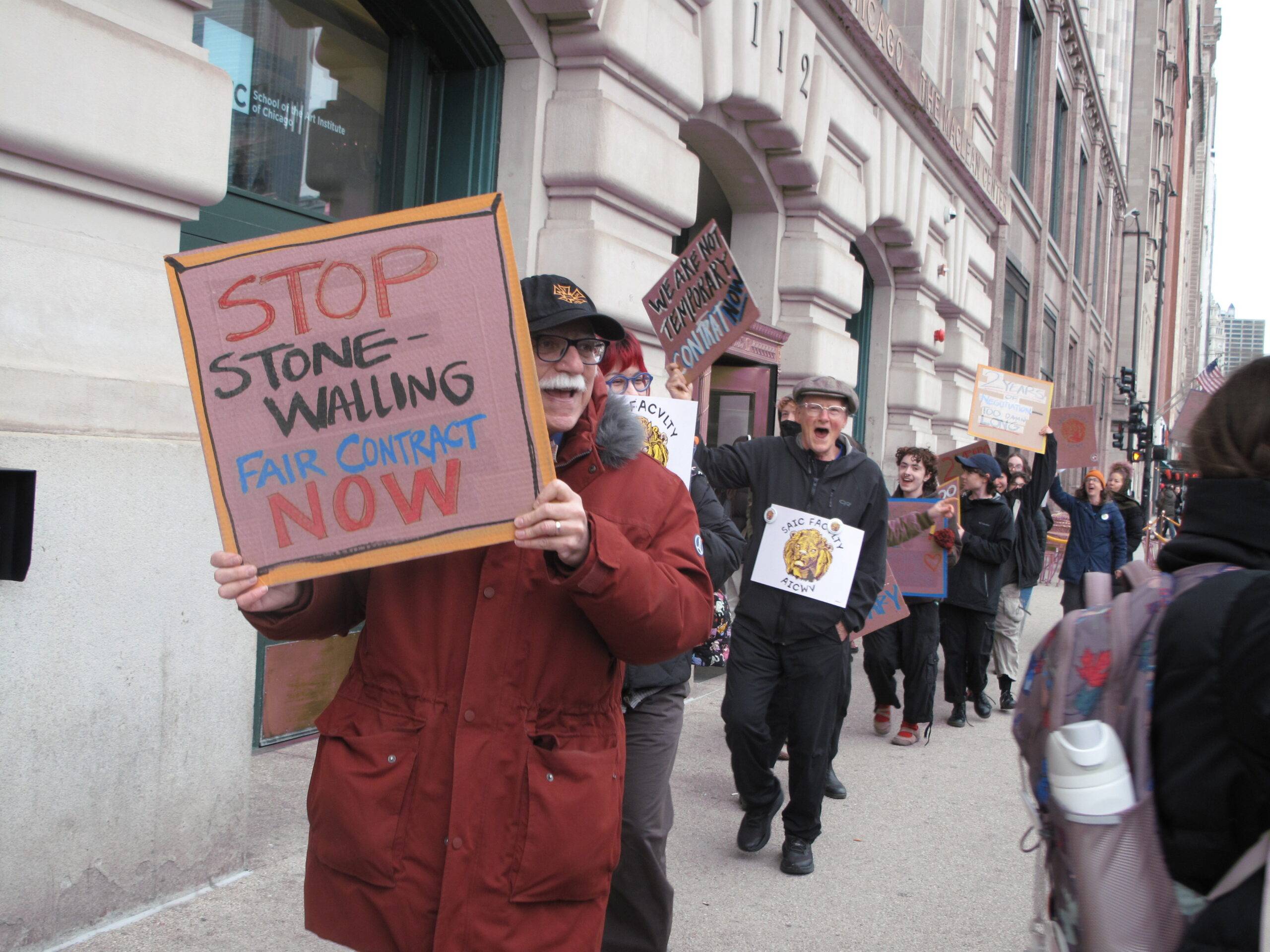“In these unprecedented times…”
Nobody likes seeing that message in an email. In fact, it’s maybe the worst email phrase of the last three years. It was used so often that it has already become passe. It has become a meme, a joke. . They’re hollow words that say nothing about what specifically is unprecedented in these times. What was the precedent? What did we not expect? Will these times ever end?
The phrase was popularized because of the pandemic. But there are many other things about these times to worry about. There is the momentous increase in corporate power, with little to no oversight. There is the widening rift between the haves and have-nots. There is an increasing prevalence of surveillance, violating our personal privacy. And then there’s the biggest one. The one that all of these plagues are happily hitching their wagon to. It’s looming on the horizon or depending on who you ask, already at the shore. Because no matter how much we doomscroll or drink from our soggy paper straws, real damage to the climate is being done, has already been done, by powers that are much larger than any single petition. It’s an anxiety-inducing realization, to discover that we, within the existing systems of protest and voting and respectable political participation, have been rendered largely powerless by persons who don’t seem to care that they’re sharing this planet with us. It’s enough to make one tumble, spiral, or resign in despair.
“How To Blow Up A Pipeline,” the new heist movie from Daniel Goldhaber, Ariela Barer, and Jordan Sjol, stems from that exact feeling. It is a film bursting out of a new emotion that has become a part of our daily lives: climate anxiety. And as its title suggests, there are ways to be propelled by that anxiety, out of hopelessness, out of helplessness, into concrete action.
Though it is framed as a heist movie, the film’s characters are not stealing money or gold. They’re stealing their time back, the days that are ticking down as the planet lumbers toward disaster. It’s a difficult task — some would say impossible. But they’re going to try and do it in the one way that makes it seem possible: They are going to blow up a pipeline.
The film is based on the book of the same name, written by Andreas Malm, which argues that sabotage is a valid, and perhaps necessary, form of activism to slow the climate crisis. The film takes that premise and shows us exactly what that would look like, boots on the ground.
Unsurprisingly, sabotage is a pretty complicated act. The movie stops short of showing us the exact chemical composition needed for property destruction, but it still gives us the necessary steps. You have to choose what you want to sabotage, how you are going to take it down, and then you have to execute your plan flawlessly. But before you do any of that? You have to find a team to do it with you, a like-minded crew as invested in your cause, as willing to make sacrifices and take massive risks.
It’s that last question that prevents “How To Blow Up A Pipeline” from becoming simply an instruction manual in film format. In most heist movies, the crew is made up of characters defined by their special skills. In “How To Blow Up A Pipeline,” the crew is shaped by their motivations. Their origin stories are rationed out throughout the film’s runtime. They’ve been propelled by different traumas, whether it’s the oil fields of North Dakota or the acid rain of California.
Rather than start at the beginning, what led our characters to pursue this dangerous path, the film begins after the crew is already assembled, and the plans have already been made. We start with them embarking on their quest, rather than the first inciting incident. At its most tense moments, the film cuts to each character’s past to show us what has driven them to these extremes. It’s an incredibly evocative use of editing that keeps us in suspense.
Each member of the crew bears their climate anxiety in different ways. Xochitl, played by Ariela Barer, is powered by grief and rage, having been blocked by the myth of “incremental change” in her past. Dwayne, played by Jack Weary, is prone to bouts of anger, frustrated by the corporations that are trying to take his land. Logan, played by Lukas Gage, is enamored by the dangers and eager to break what has been built. Alisha, played by Jayme Lawson, channels her frustration into volunteering, caring for the people who will be most impacted by the climate crisis.
The most engaging of the cast are Sasha Lane as Theo and Forrest Goodluck as Michael. These are the two most nihilistic characters and in many ways, are two sides of the same coin. Where Theo is smiling facing the impending end, Michael is tight-lipped. He is somber, self-destructive, and perhaps the most surprising quality of all, totally and utterly charmless. Goodluck plays Michael as if he is a corpse that walks the land, eager to leave his stamp on the world that killed him. That drive makes Michael such a delight to watch, as his reckless abandon endangers the group and his lack of charisma causes undue friction. Beyond providing some moments of levity to an otherwise dour film (and reality), Michael’s opposition to camaraderie punctures the monolithic myth of climate activism. These characters do not have to get along to complete their mission. All that matters is that they finish the job. And like I said, that job is pretty complex.
At each step of the process, there is potential for catastrophic failure. The possibility of accidental explosions, exposure to toxic gas, or capture by the authorities pervades each scene. Characters speak through code, store their smartphones in refrigerators, and falsify footage to prevent being caught. But that means nothing if an errant trembling hand accidentally triggers a chemical explosion. Director Daniel Goldhaber makes us constantly aware of this dual set of stakes: The characters could be caught and face a life in prison, or they could botch the chemical composition in the lab and blow themselves to kingdom come. But both of those pale in comparison to the climate crisis, which has already hurt each of these characters in numerous ways. In the past and present, there is no moment of security, underscored by Gavin Brivik’s heart-pounding score of wavering synths.
Though the crew’s crime is not a conventional one, the film uses aspects of the crime genre to keep us on our toes. Sometimes that’s rapid-fire editing across storylines or demonstrating the clear desperation of its set of characters. Almost entirely, it works in service to the film’s tension, like watching a boiling kettle that never whistles. But it doesn’t work quite as well as the film barrels toward its conclusion. To deliver the film’s big twist, one character’s origin is shortchanged, used primarily for exposition. It’s not so much a blemish as it is a slightly missed opportunity considering the attention each other character received in their origin. It was the only instance where it felt like the film was taking a shortcut.
“How To Blow Up A Pipeline” is only slightly less inflammatory than its title suggests. For that reason, I’m nervous about the film’s global distribution, especially in countries that care more about defending property than people.
We have been dealt a rough hand ecologically, and the odds only look worse as the days go by. A film like this is a brief salve on our wounds. Perhaps it won’t be the catalyst for dramatic action as it hopes to be. Maybe it will remain a small respite in a world careening toward its own destruction. But if it gets enough eyeballs on it, enough butts in seats, and enough notoriety, at least it would make googling “how to blow up a pipeline” a little less risky.
Myle Yan Tay (MFAW 2023) cares a lot about movies and comic books. One day, maybe they will care about him. Find more of his writing at www.myleyantay.com.






















fuck